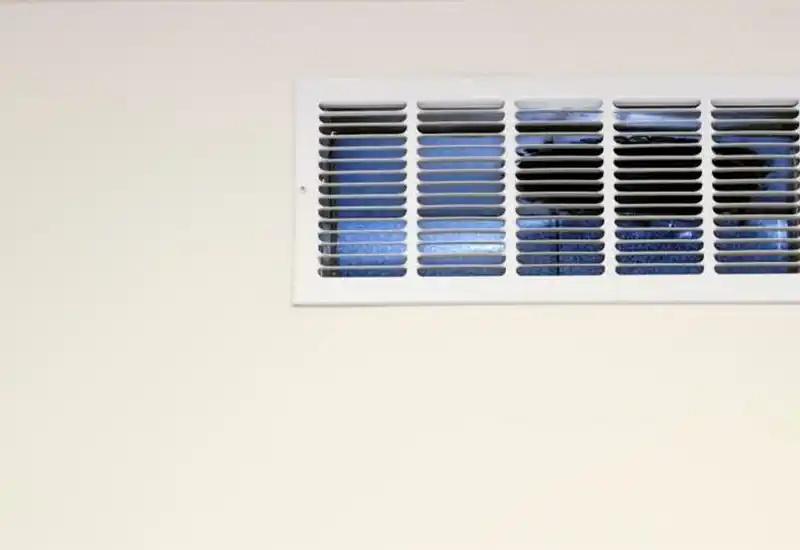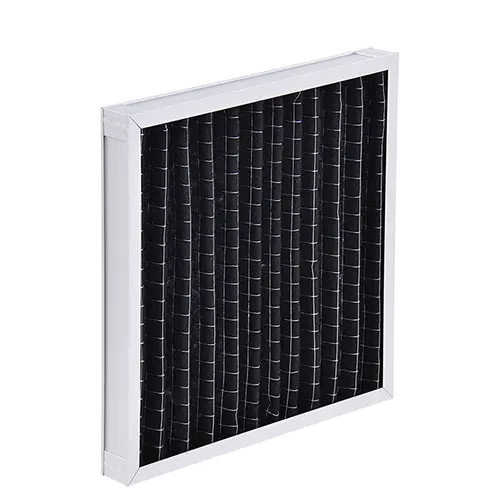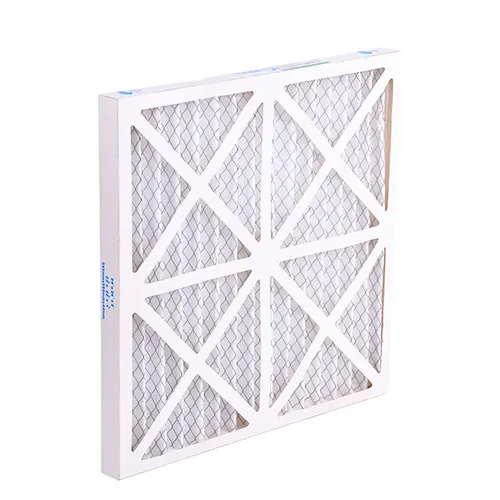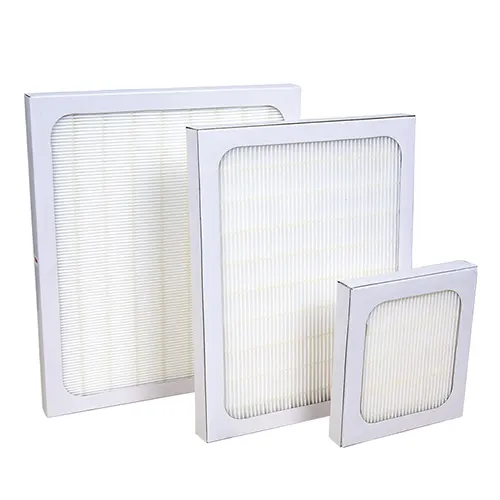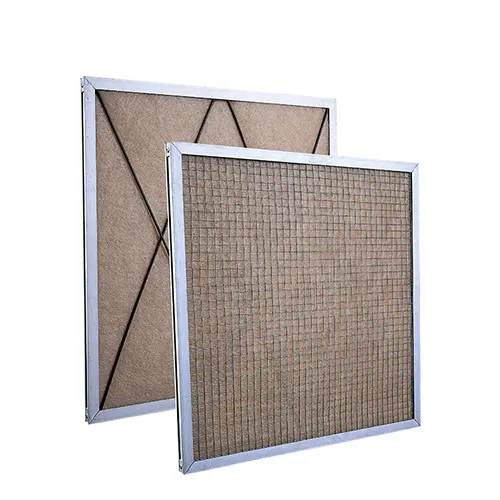A Beginner’s Guide to Choosing the Right Air Filter for Your Home
Table of Contents:
Section 1: Understanding Air Filter Basics
Section 2: Common Types of Air Filters
Section 3: What Is MERV Ratings
Section 4: Factors to Consider When Choosing an Air Filter
Section 5: How to Replace and Maintain Your Air Filter
When it comes to maintaining a healthy home environment, one of the most crucial yet often overlooked components is the air filter. Air filters play a vital role in ensuring that the air circulating through your home is clean, free of pollutants, and safe to breathe.
Whether you’re dealing with dust, allergens, pet dander, or other airborne contaminants, choosing the right air filter can make a significant difference in your indoor air quality.
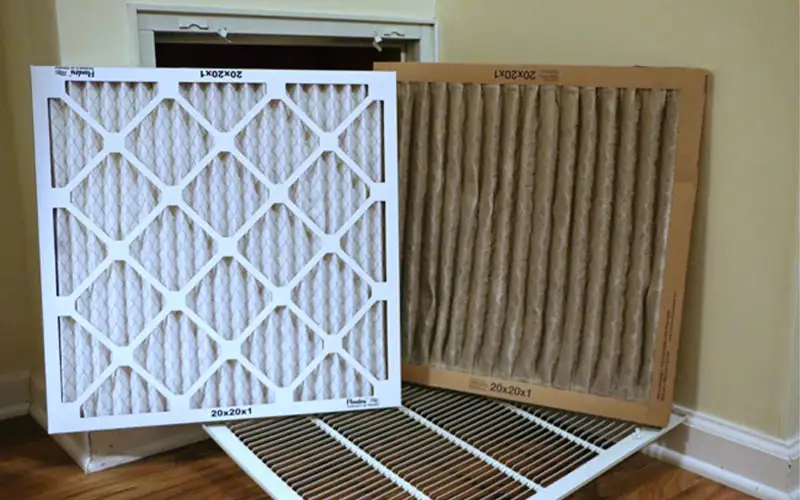
Understanding Air Filter Basics
Explanation of What Air Filters Do
Air filters are an integral part of your home’s heating, ventilation, and air conditioning (HVAC) system. Their primary function is to trap and remove particles from the air that circulate through your home. These particles can include dust, pollen, pet dander, mold spores, bacteria, and other airborne contaminants that can affect your indoor air quality.
By capturing these particles, air filters not only improve the quality of the air you breathe but also protect your HVAC system from becoming clogged or damaged by debris. This, in turn, helps to maintain the efficiency of your system, reduce energy costs, and prolong the life of your equipment. In essence, air filters act as a barrier, ensuring that only clean air circulates throughout your home.
Common Types of Air Filters
Fiberglass Filters:
Overview: Fiberglass filters are the most basic and cost-effective type of air filter available. They consist of layered fiberglass fibers arranged in a flat panel, designed to capture larger particles like dust and lint.
Pros: Inexpensive and widely available.
Cons: Lower efficiency compared to other types; not effective at capturing smaller particles like allergens or bacteria.
Pleated Filters:
Overview: Pleated filters are made from polyester or cotton paper and are folded into pleats to increase the surface area for trapping particles. This design allows them to capture a broader range of particles, including dust, pollen, and pet dander.
Pros: More efficient than fiberglass filters; available in various MERV ratings.
Cons: Slightly more expensive than fiberglass filters; may require more frequent replacement depending on usage.
HEPA Filters:
Overview: High-Efficiency Particulate Air (HEPA) filters are known for their ability to capture up to 99.97% of particles as small as 0.3 microns, including dust, pollen, mold spores, bacteria, and even some viruses.
Pros: Highly effective at improving air quality; ideal for those with allergies or asthma.
Cons: Typically more expensive; may require a compatible HVAC system due to their high efficiency, which can restrict airflow.
Activated Carbon Filters:
Overview: Activated carbon filters are designed to remove odors, gases, and volatile organic compounds (VOCs) from the air. They contain a layer of activated carbon that absorbs and neutralizes these pollutants.
Pros: Excellent for homes with pets, smokers, or specific air quality concerns related to odors or chemicals.
Cons: Not as effective at capturing particles like dust or pollen; usually used in conjunction with other types of filters.
Electrostatic Filters:
Overview: Electrostatic filters use self-charging fibers to attract and trap particles from the air. These filters can be either disposable or washable, with the latter offering long-term cost savings.
Pros: Highly efficient at capturing a wide range of particles; washable versions offer reusability.
Cons: Washable filters require regular maintenance; initial cost may be higher than other types.
What Is MERV Ratings
The efficiency of an air filter is often measured by its MERV rating, which stands for Minimum Efficiency Reporting Value. MERV ratings range from 1 to 20 and indicate the filter’s ability to capture particles of varying sizes.
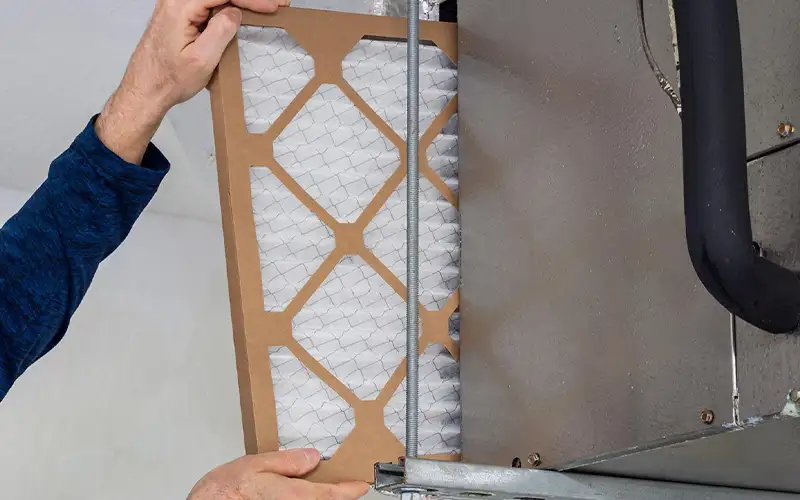
MERV 1-4
Basic filtration, suitable for trapping larger particles like dust and lint. Often used in residential settings where air quality is not a primary concern.
MERV 5-8
Provides moderate filtration, capturing smaller particles such as mold spores and pet dander. Commonly found in standard residential filters.
MERV 9-12
Offers higher efficiency, capable of trapping particles like fine dust, pollen, and even some bacteria. Ideal for homes with allergy sufferers.
MERV 13-16
High-efficiency filters that capture a wide range of particles, including smoke, bacteria, and even some viruses. These are often used in hospitals but can also be beneficial in residential settings where air quality is a top priority.
MERV 17-20
These are HEPA filters, which are the most efficient at capturing the smallest particles, including most airborne contaminants. They are typically used in specialized environments like clean rooms and surgical areas.
Why MERV Ratings Matter
Higher MERV-rated filters provide better filtration but may restrict airflow if your HVAC system is not designed to handle them.
It’s important to select a filter with a MERV rating that meets your air quality needs without compromising the efficiency of your HVAC system.
Factors to Consider When Choosing an Air Filter
Choosing the right air filter for your home involves more than just picking one off the shelf. To ensure optimal indoor air quality and the efficient operation of your HVAC system, here are some key factors to consider:
Size and Compatibility
Choosing the Right Size:
Using the correct filter size is crucial for both performance and efficiency. A filter that is too small or too large can allow unfiltered air to bypass the filter, reducing its effectiveness and potentially harming your HVAC system. Always ensure that your filter fits snugly into its designated slot to maximize its performance.
Measure Your Old Filter:
To measure your filter, remove the old one and check the dimensions printed on its frame—these are usually listed as length x width x depth (e.g., 16x25x1). If the dimensions aren’t visible, use a tape measure to determine the size, rounding up to the nearest whole inch for the best fit.
Filter Efficiency (MERV Rating)
The Minimum Efficiency Reporting Value (MERV) rating measures a filter’s ability to capture particles of varying sizes. Selecting the right MERV rating depends on your specific air quality needs.
MERV 8 vs. MERV 11 vs. MERV 13
MERV 8: Suitable for most homes, this rating captures common particles like dust, pollen, and mold spores.
MERV 11: Offers better filtration, ideal for households with pets or mild allergy concerns, as it captures finer particles such as pet dander.
MERV 13: The highest efficiency commonly used in residential settings, this rating captures bacteria, smoke particles, and even some viruses, making it ideal for homes with severe allergies or asthma.
Household Needs
Allergies and Asthma
For households with allergy or asthma sufferers, a higher MERV rating, such as 11 or 13, is recommended. These filters trap finer particles, reducing allergens and improving overall air quality.
Pet Owners
If you have pets, consider a filter with a MERV rating of at least 11 to effectively capture pet dander. For odor control, an activated carbon filter can help neutralize pet odors, keeping your home smelling fresh.
Smoke and Odors
Activated carbon filters are particularly effective at removing smoke, cooking smells, and other odors from the air. They work by adsorbing gases and volatile organic compounds (VOCs), which standard filters might miss.
Budget
Balancing Cost with Performance
While it might be tempting to opt for the cheapest filter, investing in a higher-quality filter can provide better air quality and longer-term savings. Higher MERV-rated filters might cost more upfront, but they can reduce the strain on your HVAC system, potentially lowering energy bills and extending system life.
Long-Term Savings with Higher Quality Filters
Although high-efficiency filters are more expensive, they often last longer and perform better, meaning you may not need to replace them as frequently. This can result in cost savings over time, both in terms of filter purchases and energy consumption.
Maintenance and Replacement Frequency
How Often to Replace Your Filter
Regular replacement of your air filter is crucial to maintaining air quality and system efficiency. Most filters should be replaced every 1 to 3 months, but this can vary based on filter type, home environment, and usage. High-efficiency filters may last longer but still require regular checks.
Maintenance on HVAC Efficiency
Neglecting to replace your air filter can lead to reduced airflow, causing your HVAC system to work harder and potentially increasing energy costs. Regular maintenance, including timely filter replacement, ensures your system runs efficiently and prolongs its lifespan.
How to Replace and Maintain Your Air Filter
Regularly replacing and maintaining your air filter is essential for ensuring your HVAC system operates efficiently and provides clean air throughout your home. Here’s a simple guide to help you with the process, along with tips for getting the most out of your air filter.
Step-by-Step Guide to Replacing Your Air Filter
1. Turn Off Your HVAC System:
Before you begin, ensure your HVAC system is turned off. This prevents unfiltered air from circulating while you replace the filter and ensures your safety.
2. Locate Your Air Filter:
Air filters are usually located in the return air duct or the blower compartment of your HVAC unit. Check your HVAC system’s manual if you’re unsure where to find it.
3. Remove the Old Filter:
Carefully slide out the old filter. Take note of the filter’s size and the direction of airflow, usually indicated by an arrow on the filter frame.
4. Inspect the Filter Slot:
Before inserting the new filter, check the slot for any dust or debris. Clean the area if necessary to ensure the new filter fits snugly and operates efficiently.
5. Insert the New Filter:
Place the new filter into the slot, making sure it is oriented correctly with the airflow arrow pointing in the right direction (toward the blower motor).
6. Turn On Your HVAC System:
Once the new filter is securely in place, turn your HVAC system back on. Enjoy the benefits of cleaner air and a more efficient system.
Tips for Extending the Life of Your Filter
Regularly Check Your Filter:
Even if your filter is designed to last several months, it’s a good idea to check it monthly. Dust, pet hair, and other debris can accumulate faster than expected, especially during peak usage seasons.
Keep Your Home Clean:
Regular vacuuming, dusting, and cleaning can reduce the amount of airborne particles that your filter needs to capture, potentially extending its lifespan.
Maintain Optimal Humidity Levels:
High humidity can cause dust and other particles to clump together, clogging your filter more quickly. Using a dehumidifier can help maintain optimal indoor humidity levels and reduce the strain on your filter.
Seal Air Leaks:
Ensuring your home is well-sealed can prevent outside dust and pollutants from entering, reducing the load on your air filter.
